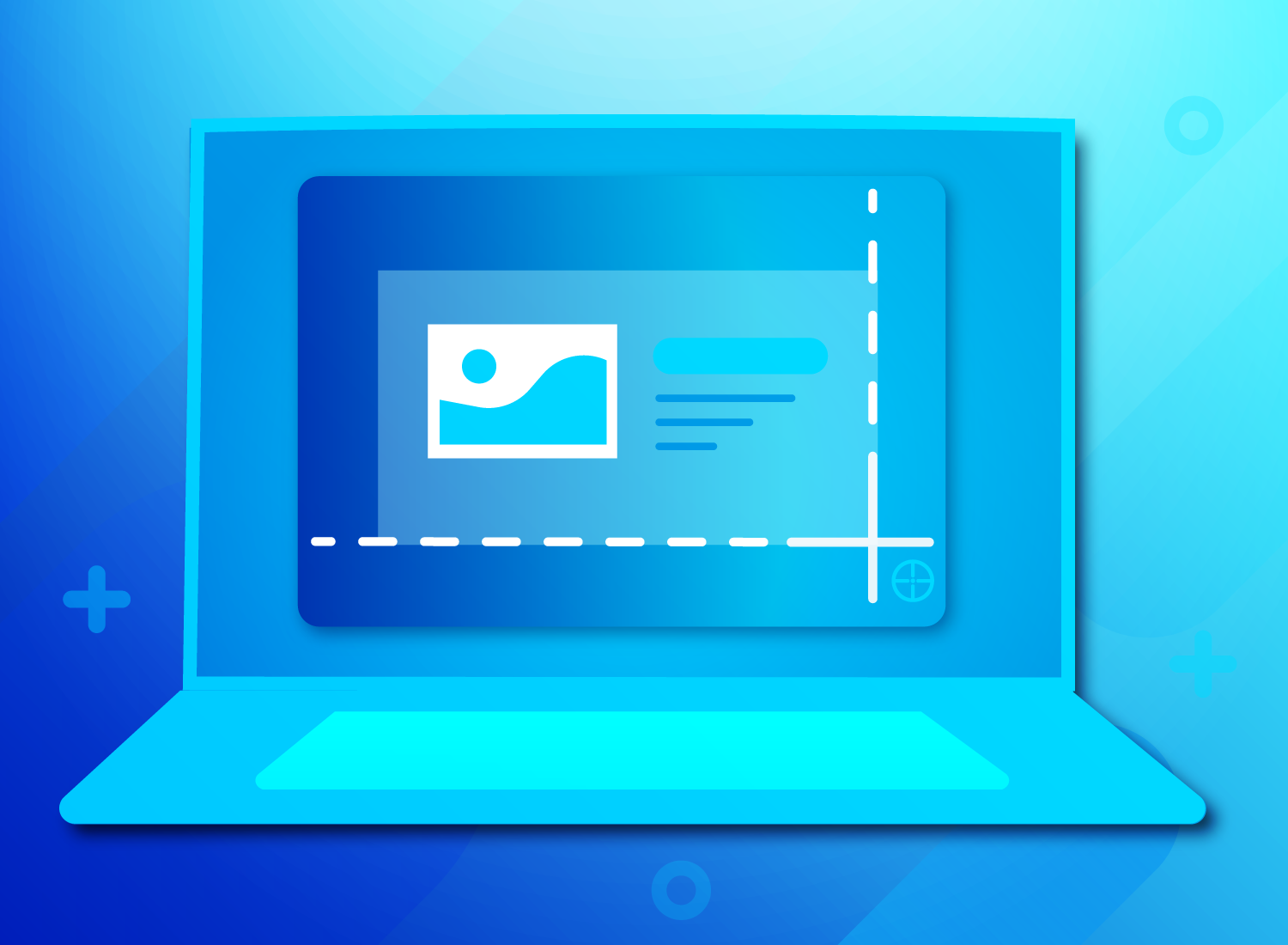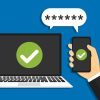A screenshot is a digital image that captures exactly what appears on your computer, phone, or tablet screen at any given moment. Also known as a screencap, screengrab, or screen capture, this simple yet powerful tool has become an essential part of our digital communication and documentation toolkit. Whether you’re troubleshooting technical issues, sharing memorable moments from videos or games, creating step-by-step tutorials, or documenting important information that can’t be easily saved otherwise, screenshots serve as visual records that bridge the gap between what you see and what you can share.
The beauty of screenshots lies in their versatility and universal applicability across all digital devices. From Windows computers to Mac systems, from iPhones to Android devices, and even Linux machines, every modern operating system provides built-in functionality for capturing screen content. This widespread availability has made screenshots one of the most frequently used features in computing, with millions of people taking them daily for both personal and professional purposes.
Screenshots have evolved significantly since their inception in the 1960s with the first interactive computers. What once required external cameras and specialized equipment now happens with simple keyboard shortcuts or button combinations. Modern screenshot tools have also expanded beyond basic capture functionality, offering features like text extraction from images, QR code link detection, annotation capabilities with arrows and shapes, and even voice-activated capture. Understanding how to effectively take and utilize screenshots on any device can dramatically improve your productivity, communication, and problem-solving capabilities in our increasingly digital world.
Understanding Screenshots: Definition and Purpose
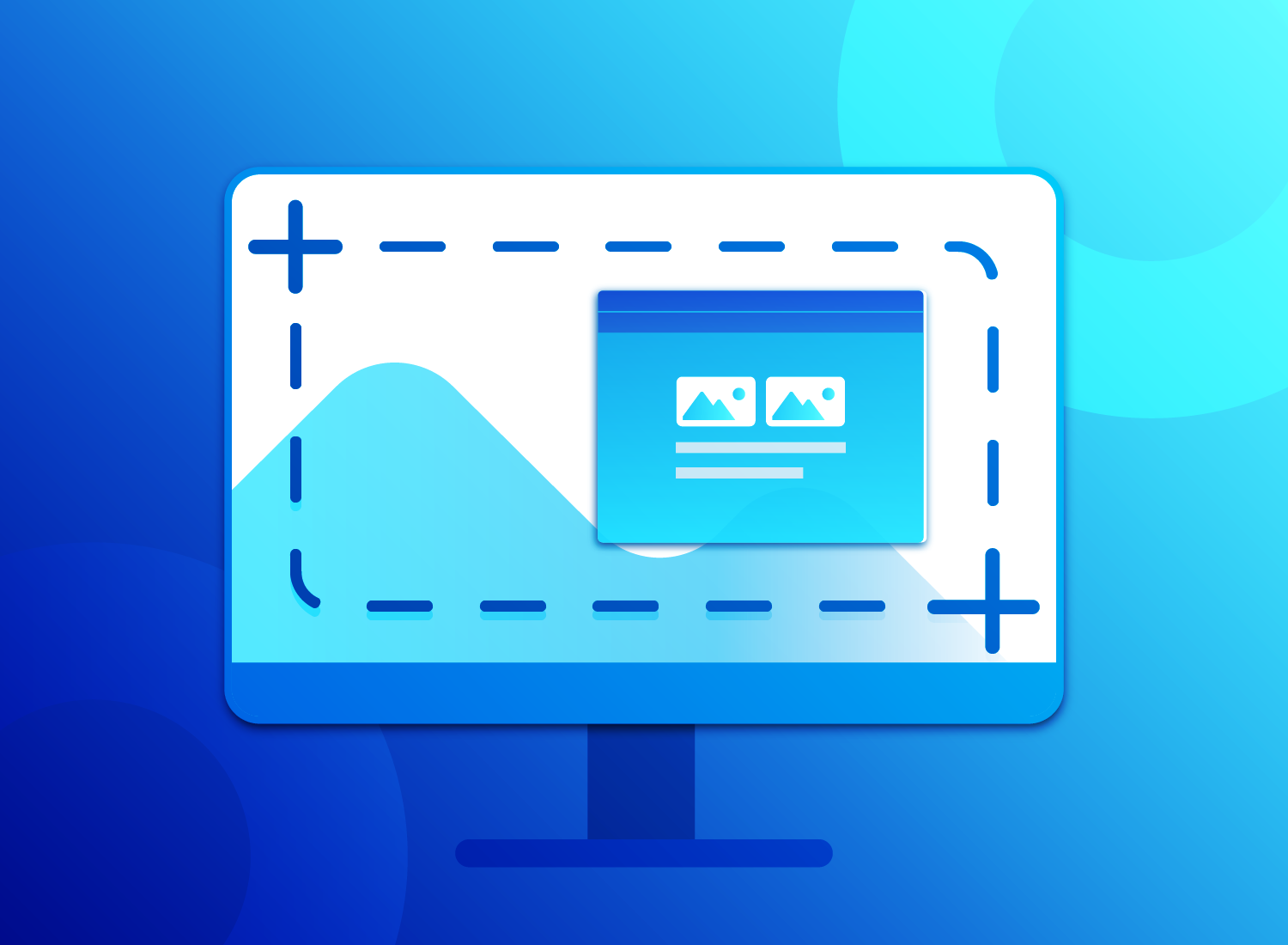
A screenshot fundamentally represents a snapshot of digital information displayed on any screen-enabled device. The technical definition encompasses both analog and digital images that show the complete contents of a computer display, created either through photographic means or by the operating system and software running on the device.
Core Functions of Screenshots
Screenshots serve multiple critical functions in modern digital workflows. They act as visual evidence, allowing users to capture and share error messages for troubleshooting purposes. This proves invaluable when seeking technical support, as it eliminates the ambiguity often present in verbal descriptions of problems. Additionally, screenshots preserve memorable moments from videos, games, or applications that might otherwise be lost.
Educational and professional applications represent another significant use case. Screenshots enable the creation of comprehensive step-by-step guides and tutorials, making complex processes more accessible to others. They also serve as documentation tools for important information that cannot be easily saved through conventional means, such as temporary pop-up messages or dynamic web content.
Technical Aspects
Most screenshots generate raster images, which are composed of individual pixels arranged in a grid pattern. However, some advanced vector-based GUI environments like Cairo can produce vector screenshots, offering scalability advantages for certain applications. The choice between these formats often depends on the intended use and the capabilities of the underlying system.
Taking Screenshots on Windows Devices
Windows 11 has significantly enhanced screenshot capabilities, making the process more intuitive and feature-rich than previous versions. The operating system now includes built-in tools that eliminate the need for third-party applications while providing advanced functionality.
Primary Methods for Windows Screenshots
The fastest method involves holding the Windows key while pressing the Print Screen button simultaneously. This action triggers three distinct responses: the screen flickers briefly to indicate successful capture, the screenshot saves automatically to the clipboard for immediate pasting with Ctrl+V, and the image becomes available for use in any application.
For more advanced screenshot needs, Windows 11 includes enhanced tools that can extract text from images and decode QR codes directly from screenshots. Users can also add annotations like emojis, arrows, and shapes without requiring additional software. These features transform basic screen capture into a comprehensive visual communication tool.
Alternative Windows Methods
Beyond the standard Print Screen functionality, Windows offers several alternative approaches. The Snipping Tool provides selective area capture, allowing users to choose specific portions of the screen rather than capturing everything. Alt+Print Screen captures only the currently active window, which proves useful when working with multiple applications simultaneously.
Mac Screenshot Techniques
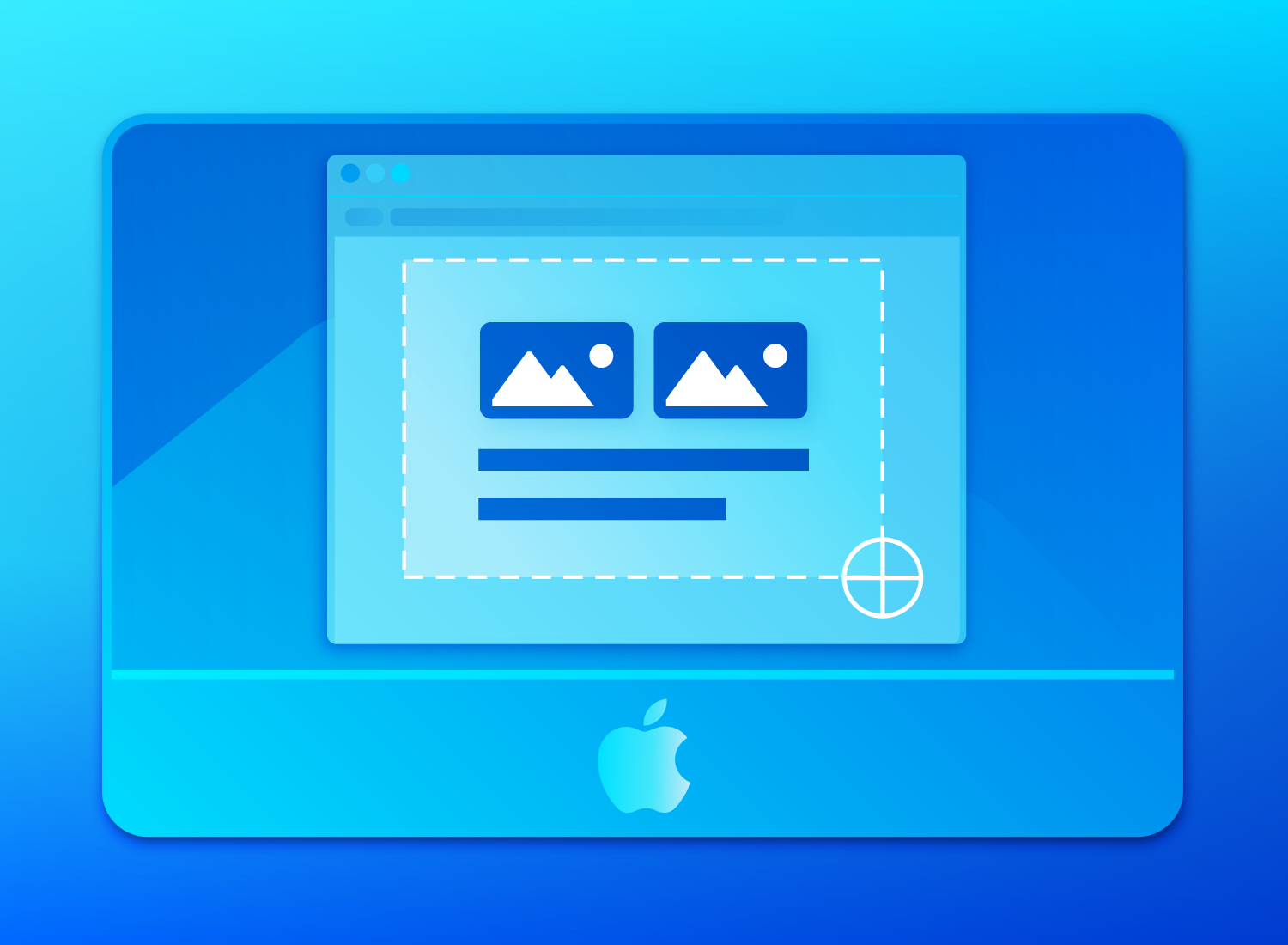
Mac systems employ a distinctive approach to screenshot capture, utilizing Command key combinations that have remained consistent across macOS versions. This consistency ensures that users can rely on familiar shortcuts regardless of system updates.
Essential Mac Screenshot Commands
The primary Mac screenshot methods center around two key combinations: Command+Shift+3 for full-screen capture and Command+Shift+4 for partial screen selection. These shortcuts provide immediate access to screenshot functionality without requiring menu navigation or additional software installation.
Command+Shift+3 captures the entire screen content, including multiple monitors if present in a multi-display setup. The resulting image saves automatically to the desktop as a PNG file, maintaining high quality while ensuring reasonable file sizes. Command+Shift+4 transforms the cursor into a crosshair selector, allowing precise area selection for partial screenshots.
Advanced Mac Screenshot Features
Mac systems include the Grab Utility Tool as an alternative screenshot method, offering additional options for timed captures and specific window selection. Third-party solutions like Lightshot Screen Capture provide enhanced functionality for users requiring more sophisticated screenshot management. Microsoft Office Suite applications on Mac also include built-in screenshot tools, integrating capture functionality directly into productivity workflows.
Screenshot Enhancement and Editing
Mac’s Preview application serves as a powerful screenshot enhancement tool. Users can open captured screenshots in Preview and access the toolbox icon in the top-right corner to add markings, annotations, and other modifications. This built-in editing capability eliminates the need for separate image editing software for basic screenshot modifications.
Mobile Screenshot Methods
Mobile devices have revolutionized screenshot accessibility, making screen capture as simple as pressing physical buttons or using voice commands. Both iOS and Android platforms provide multiple methods to accommodate different user preferences and device configurations.
iPhone Screenshot Procedures
iPhone screenshot methods vary depending on the device model and available hardware features. For iPhones with Face ID, users must quickly press and release the side button and volume up button simultaneously. This action generates a thumbnail preview in the lower-left corner, which can be tapped for immediate editing or swiped left for dismissal.
iPhones equipped with Touch ID require pressing the side button and Home button together. Both methods automatically save screenshots to the Photos app, where they can be accessed through the Screenshots album under Media Types. This organization system helps users locate their captured images efficiently.
iPhone Full-Page Screenshots
iOS includes advanced full-page screenshot functionality for content exceeding screen dimensions, such as lengthy webpages. After taking a standard screenshot, users can tap the thumbnail and select “Full Page” to capture extended content. The resulting image can be saved as a photo or exported as a PDF to the Files app, providing flexibility for different use cases.
Android Screenshot Options
Android devices typically use the volume down button combined with the power button for screenshot capture. This universal method works across most Android manufacturers, though some brands may implement slight variations. The simultaneous press-and-release action captures the screen content and displays a preview for immediate access.
Android systems also provide alternative methods through the notification panel. Users can pull down from the top of the screen and locate the screenshot button, which may need to be added to the quick settings menu if not already present. This touch-based method offers an alternative for users who struggle with button combinations.
Voice-Activated Screenshots
Modern Android devices support voice-activated screenshot capture through Google Assistant. Users can simply say “Hey Google, take a screenshot” to capture the current screen content. This hands-free approach proves particularly useful when physical button access is difficult or when multitasking requires voice control.
Linux Screenshot Solutions
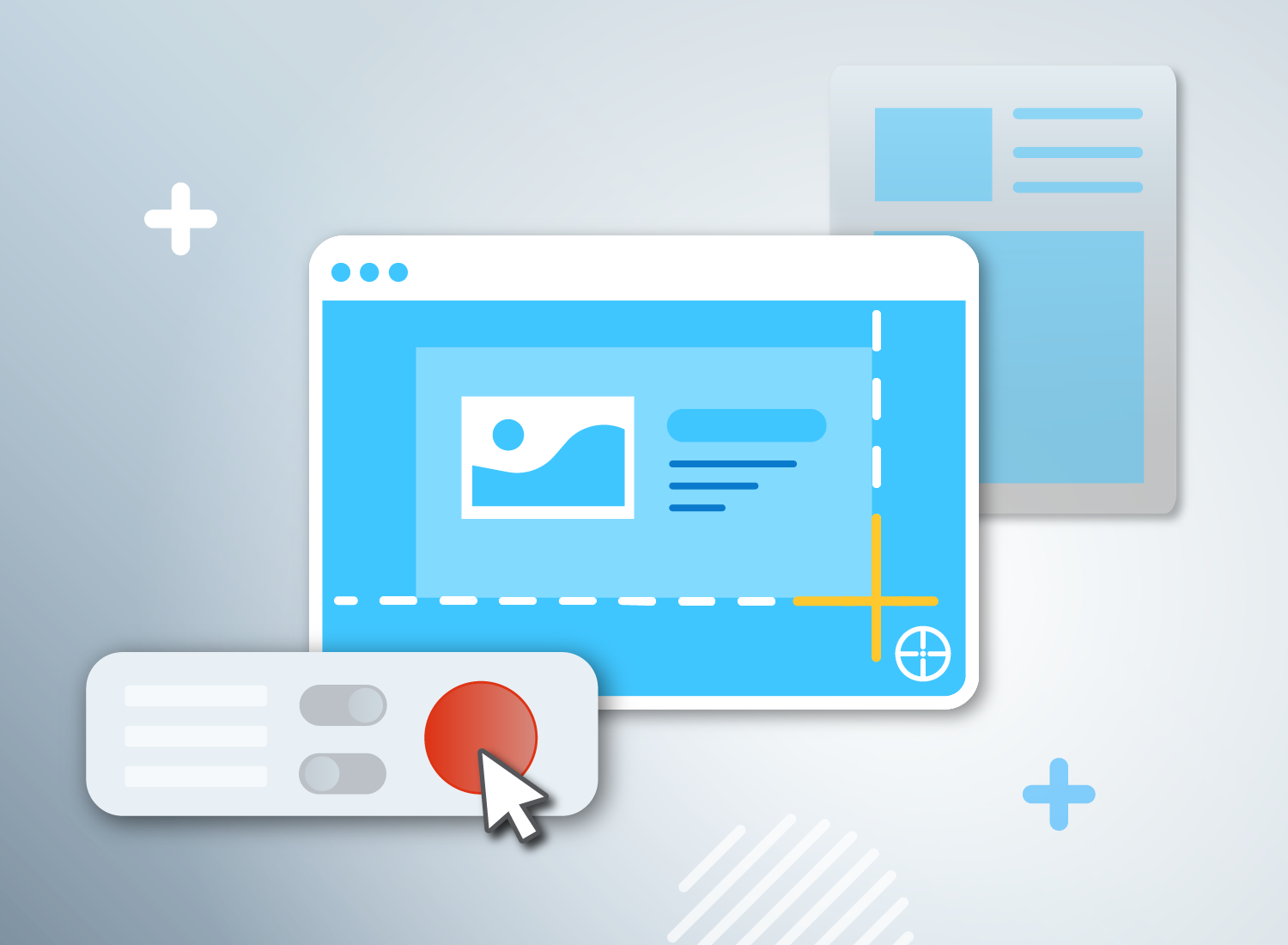
Linux systems offer robust screenshot capabilities through both graphical interfaces and command-line tools. The diversity of Linux distributions means multiple approaches exist, but certain methods remain consistent across most systems.
Standard Linux Screenshot Methods
The Print Screen key functions similarly to Windows systems, capturing the entire desktop when pressed alone. Alt+Print Screen captures only the current window, providing focused screenshots without desktop clutter. These keyboard shortcuts work across most Linux desktop environments and require no additional software installation.
Graphical menu access provides an alternative through Applications → Accessories → Screenshot, offering a user-friendly interface for screenshot configuration. This method allows users to set capture delays, choose specific areas, and configure output formats before taking screenshots.
Command-Line Screenshot Tools
The import Command represents a powerful command-line screenshot utility available on most Linux systems. This tool enables precise control over screenshot parameters, including area selection, format specification, and quality settings. For example, import window.jpg allows mouse-based area selection with JPEG output, while import -window root root.jpg Captures the entire screen without mouse interaction.
Advanced import Usage includes specific area capture with commands like import -window root -crop 512x256-0-0 -gravity northeast -quality 90 corner.png. This level of control makes Linux particularly suitable for automated screenshot workflows and scripted documentation processes.
The xfce4-screenshooter the command provides another command-line option, with xfce4-screenshooter -f capturing full desktop screenshots. These tools demonstrate Linux’s flexibility in accommodating both casual users and power users with different screenshot requirements.

